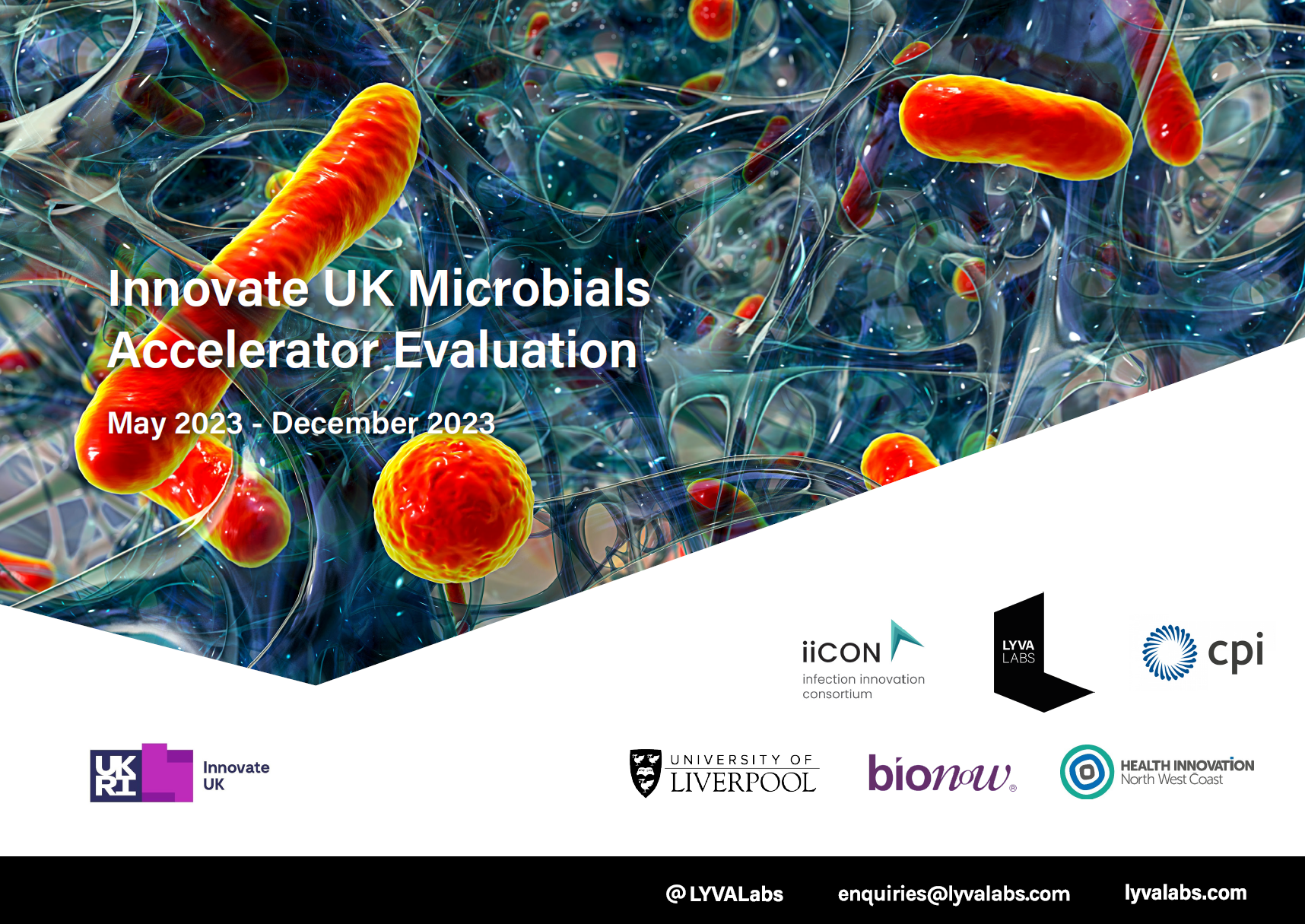Innovate UK Microbials Accelerator delivered with collective expertise
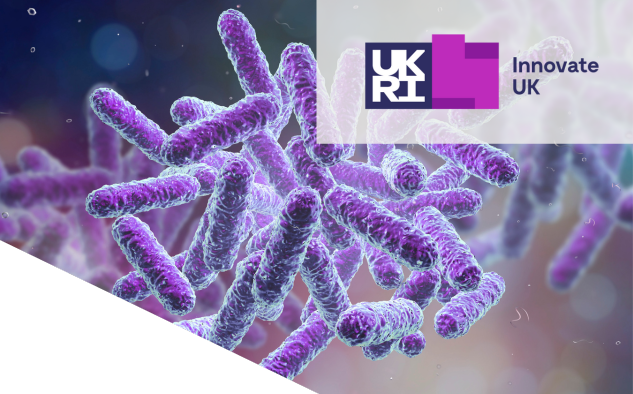
LYVA Labs brought together a collective of expert partners to deliver Liverpool City Region's first Microbials Accelerator programme on behalf of Innovate UK. Structured over 6 months, 24 companies from across the UK benefitted from the world-leading microbials academic expertise based in the region, alongside the commercialisation support needed to help accelerate their growth.
Partners




"The microbial accelerator course was a game-changer for us, it transformed the way we approach our business and certainly accelerated our progress."
"The microbials accelerator program has helped us to refine our development plan for our pharmaceutical product. This has very much focussed our efforts and increased our chances of receiving investment to progress our plans."
2023 Accelerator Cohort
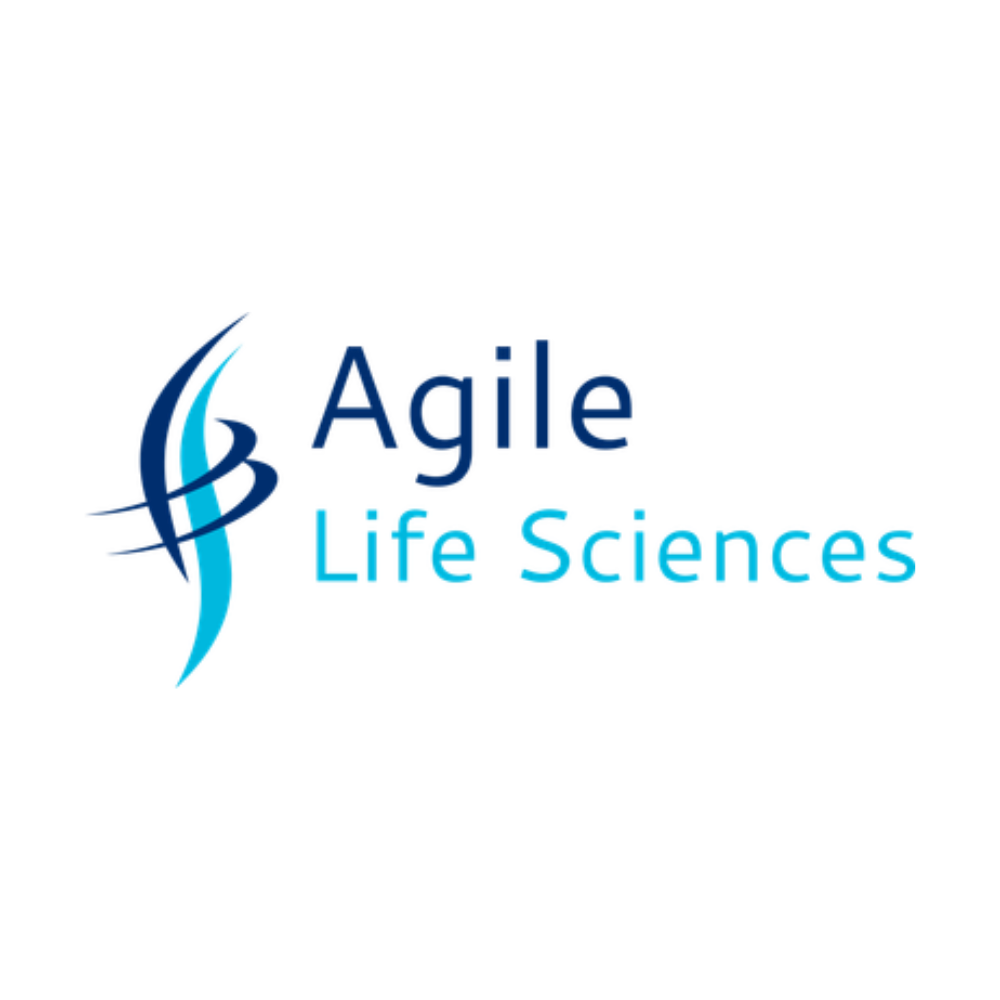
Read more
Agile Life Sciences (ALS) excels in Next Generation Sequencing (NGS), especially vaginal microbiome sequencing. ALS is developing a unique menopause test that uses state-of-the-art NGS to measure the vaginal microbiome from a non-invasive urine sample. The team identified bacterial biomarkers that correlate with different stages of menopause, completing a pilot study that sequenced 1000 urine samples, to demonstrate capability and scale-up ability. They aim use artificial intelligence and machine learning to predict menopause status and to personalise treatment.

Read more
AMPLY Discovery use machine learning and synthetic biology to mine vast biological data to discover novel biological drug candidates. AMPLY is an AI-driven drug development that uses a unique deep mining approach to scan regions of genetic code that no other tool currently scans, exploring the “dark matter” of genomic datasets to find natural antimicrobials, shaped by thousands of years of evolution. No other software platform can generate as many novel antimicrobials in a single pass as the company’s tool, AMPLYfolioAI.
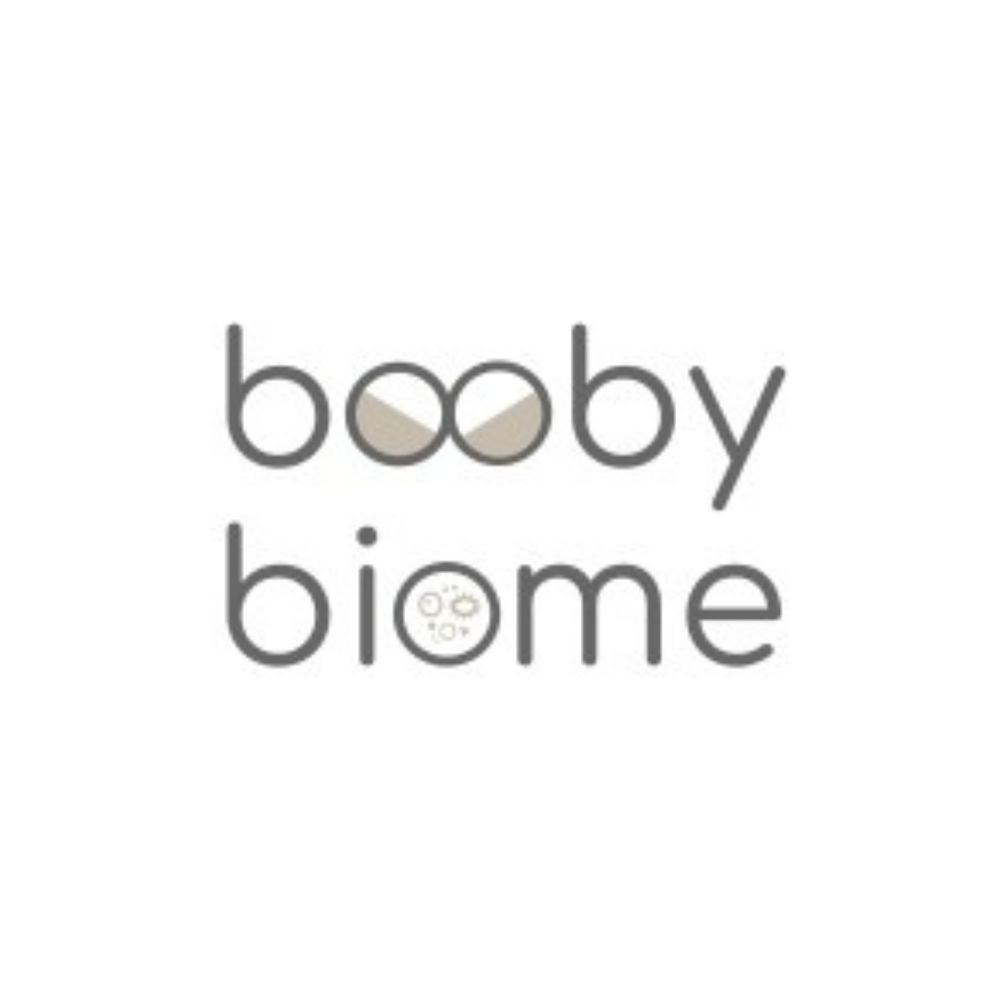
Read more
BoobyBiome has developed a discovery platform that harnesses the breast milk microbiome to create tailored infant probiotics. Their focus lies in targeting the window of opportunity for training the infant immune system to distinguish between beneficial and harmful bacteria, laying a foundation for long-term health benefits, and reducing the risk of autoimmune disease development. Through extensive metagenomic analysis, gut modelling, and growth optimisation, BoobyBiome has identified a shortlist of highly beneficial bacterial strains from breast milk. These strains are the foundation for innovative probiotic products that benefit babies; they are accessible to parents and clinicians. Collaboration with a CRO (contract research organisation) resulted in a pilot dataset that demonstrates the feasibility of co-culture production.
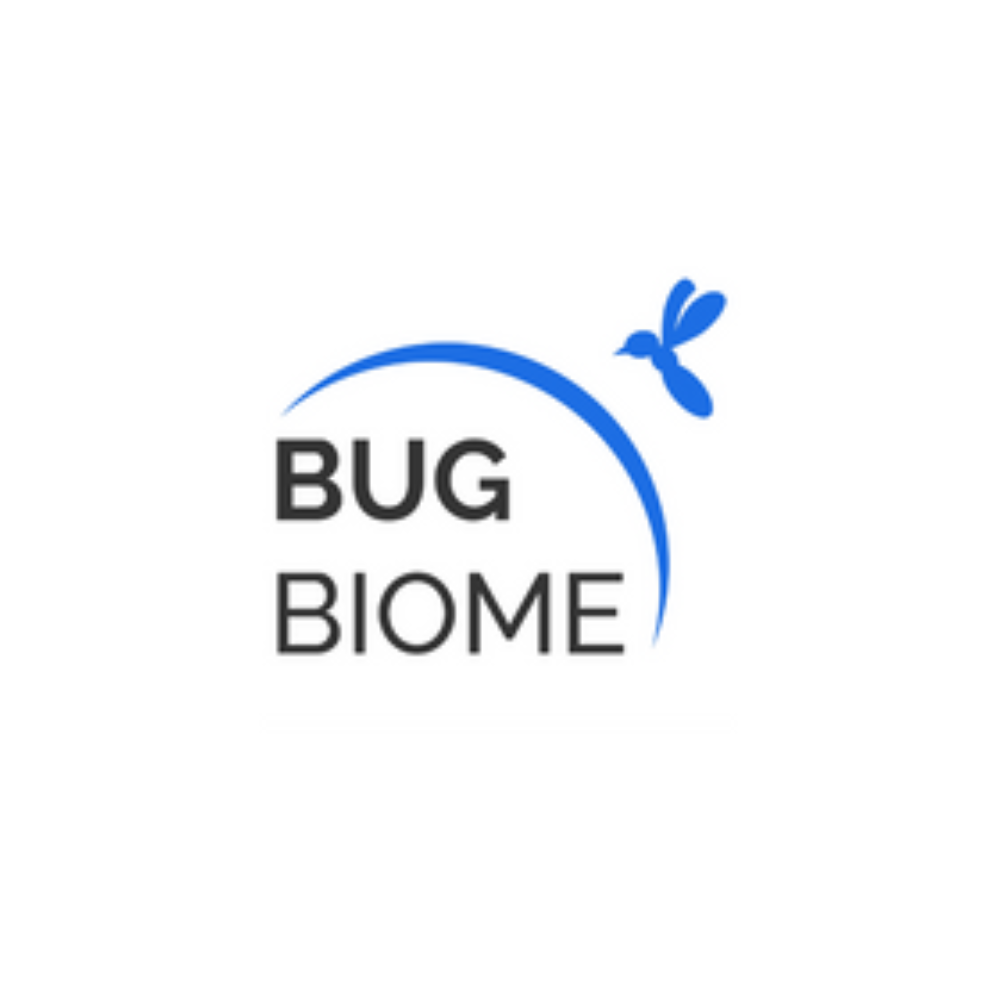
Read more
BugBiome aims to revolutionise the mosquito repellent market by creating a natural, long-lasting way of preventing bites and protecting against deadly mosquito-borne diseases like malaria, which kills more than 700,000 people each year. Using microbiology, metabolomics, and bioinformatics, BugBiome has developed a combination of proprietary postbiotics (owned by the company) that repel mosquitoes, alongside prebiotics that promote the production of postbiotics. BugBiome looks to surpass the effectiveness of current market leader, DEET, whilst providing natural protection against mosquitoes, lasting four times as long.
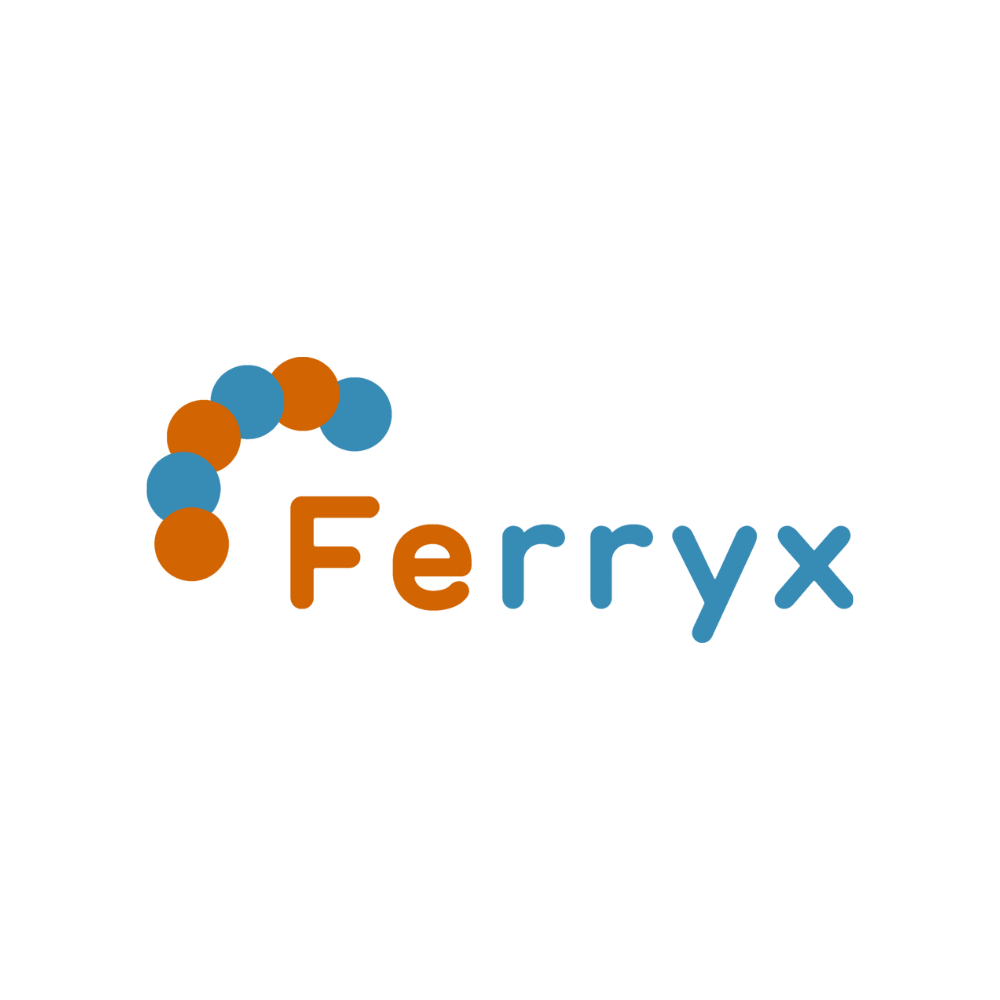
Read more
Ferryx develops live biotherapeutic products (LBPs) that thrive during active disease where conventional probiotics fail. During the active inflammation or stress, gut iron levels increase. Most resident gut bacteria grow under high iron conditions, but conventional LBPs are rapidly outcompeted and don’t have a beneficial effect. Ferryx selects LBPs that thrive under high iron conditions and function during active disease. FX856, a strain of Streptococcus thermophilus, is the first LBP to be chosen for its ability to survive and thrive during active inflammation or stress and shows potential for development as an orally administered LBP to reduce gastrointestinal inflammation and/or prevent relapse. It has also demonstrated mucosal healing.
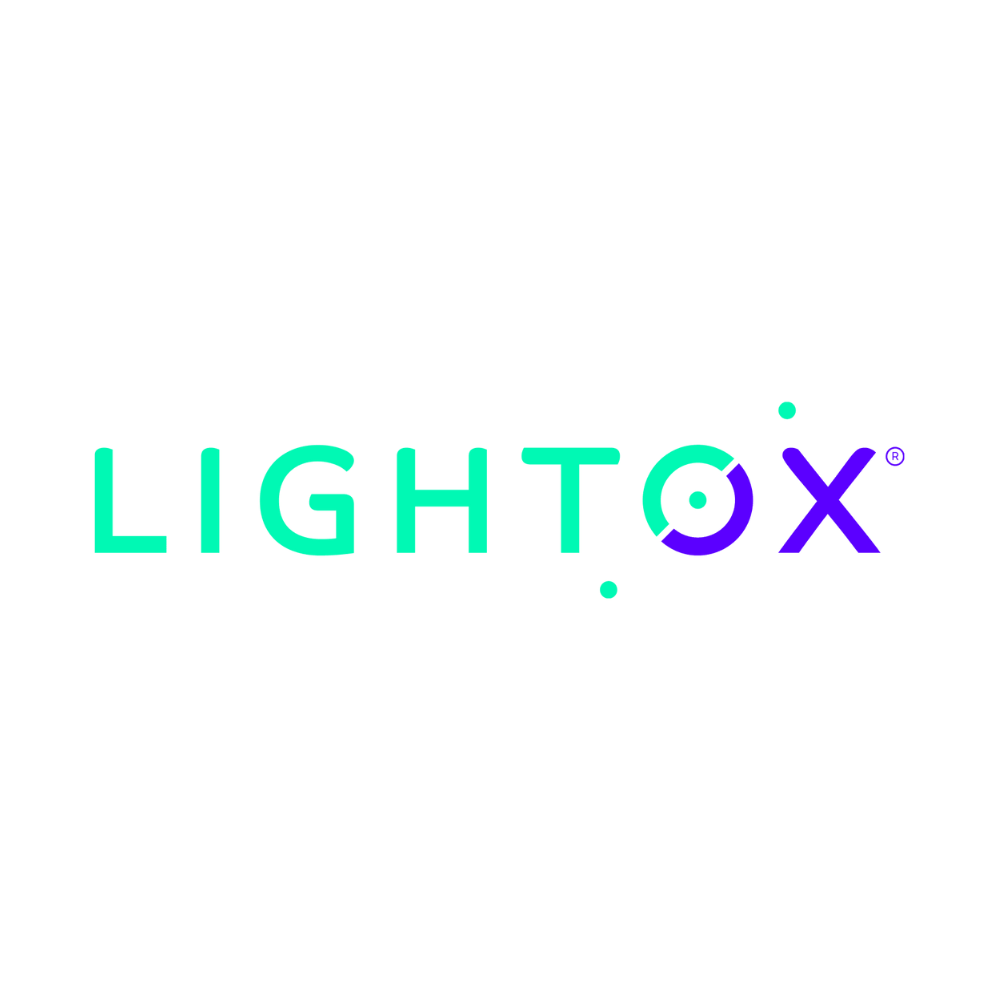
Read more
LightOx has developed novel photoactive molecules that destroy targeted cells/tissues when activated by light. Initial experiments have revealed that some of the molecules also exhibit potent antimicrobial activity against ESKAPE pathogens like Staphylococcus aureus. LightOx is exploring opportunities to reduce the bioburden in wounds that become infected. LightOx78 can permeabilise and inhibit the establishment of biofilms - a major factor in the likelihood of successful wound healing. The team is looking to generate three prototypes: an impregnated dressing; a hydrogel; and a gel/aqueous solution.
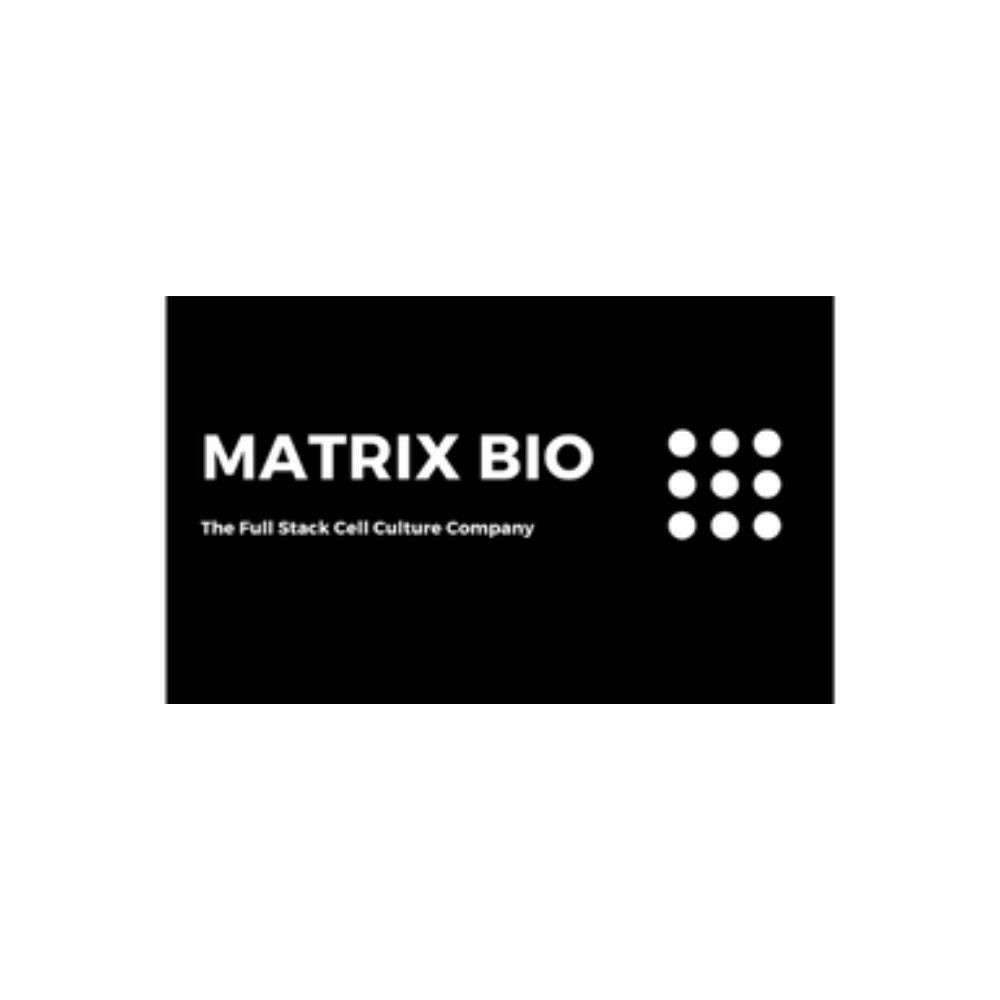
Read more
Matrix Bio Ltd is a cutting-edge biotechnology company focused on developing innovative solutions in microbial research and healthcare. Matrix Bio’s machine learning platform combines advanced hydrogel library synthesis, high-throughput characterisation, and computational strategies that aid the discovery and cultivation of previously “unculturable” bacterial species. The tool supports the design of bacterial co-culturing models for improved in-vitro testing of bacteria-host interactions “bacterial organoid models”. The platform facilitates the creation of tailored hydrogels that support the growth of these elusive microbes, with or without co-culture of human cells, bridging the gap in the understanding of their role in human health.
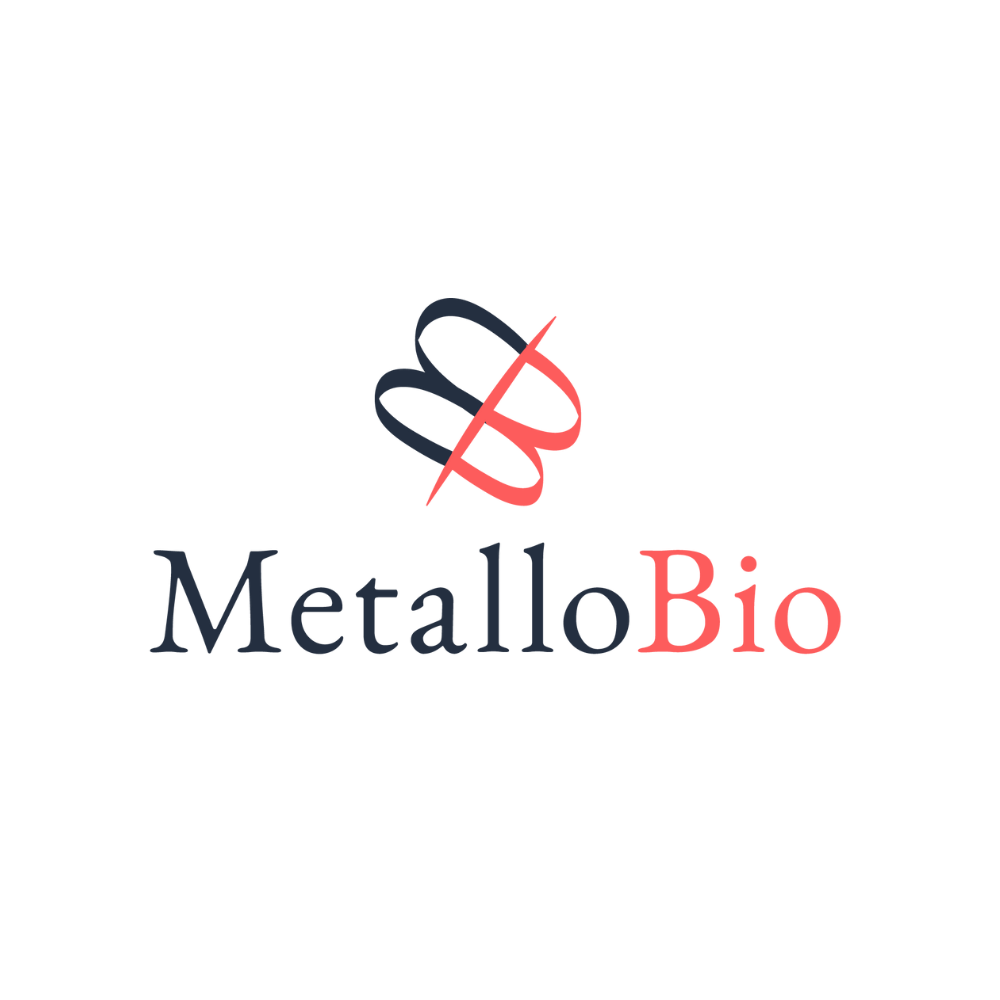
Read more
MetalloBio is developing a novel antimicrobial coating technology to prevent biofilm formation and medical device associated infections. MetalloBio’s coating technology incorporates a new antimicrobial class and exhibits higher broad-spectrum activity at 15 times lower loading levels than market-leading coatings. The coating formulation can be tailored from no-release to slow and fast-releasing coatings. The coatings prevent biofilm formation and are active on a broad spectrum of bacteria including all ‘World Health Organisation Priority Pathogens’. The coating is currently being developed for catheters and endotracheal tubes but there is potential for substantial growth by targeting other infectious diseases.
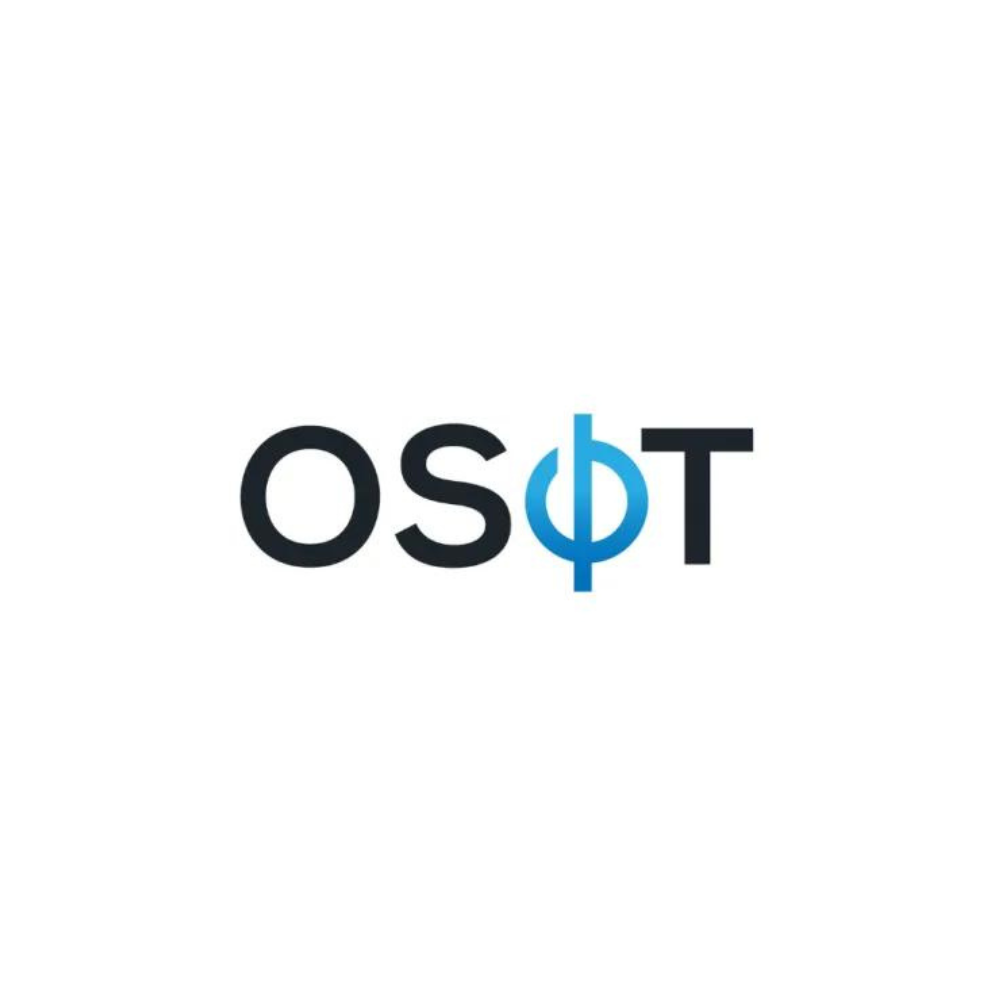
Read more
Oxford Silk Phage Technologies’ (“OSPT”) bioactive textile material integrates bacteriophages (or “phages”) to produce the next generation of medical devices/implants that actively kill bacteria, reducing the concomitant use of antibiotics. The technology overcomes shortcomings associated with the prophylactic use of phages, enabling production of cost-effective devices containing a wide range of active phages to target prevalent and problematic bacteria associated with surgical site infections.
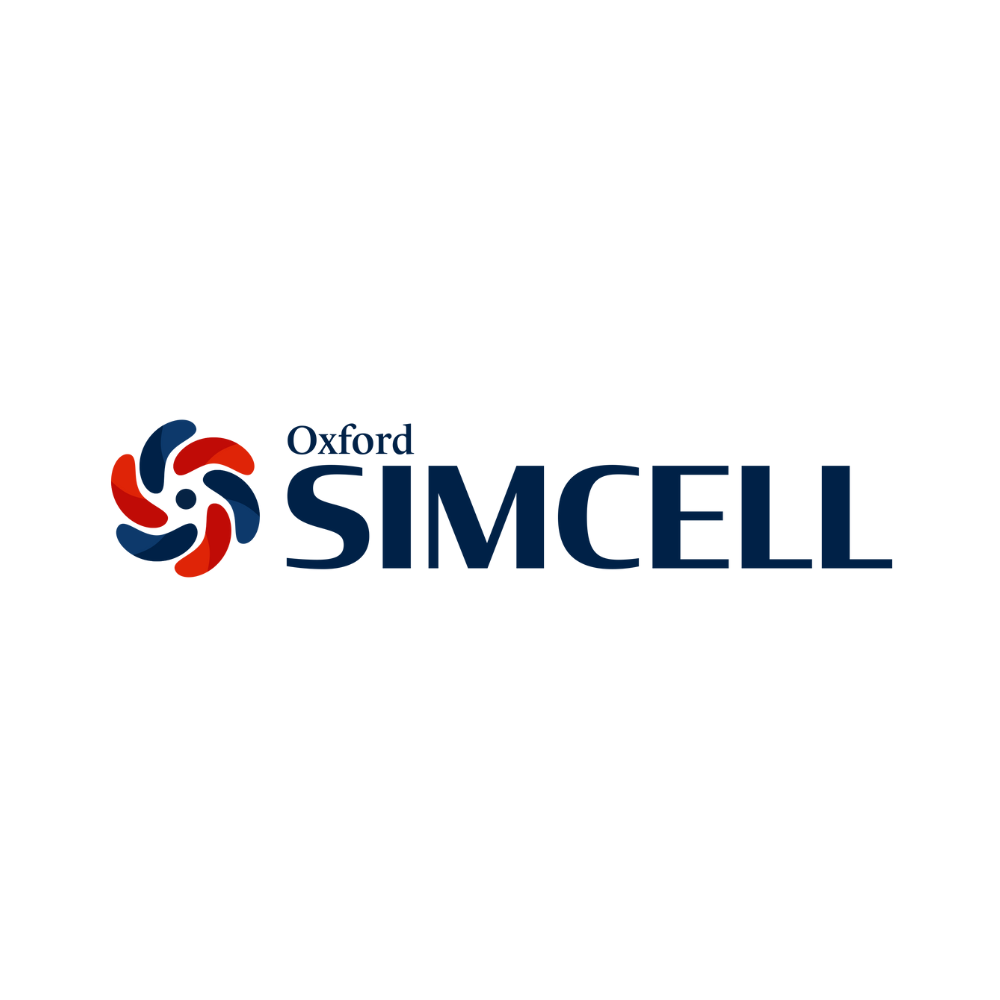
Read more
Oxford Sim Cell (OSC) is a spinout company from the University of Oxford that uses SimCell technology to develop vaccines against bacterial infections. SimCell technology enables the production of genome-free bacterial cells, harnessing the advantages of whole cells for disease control while mitigating the risks associated with bacterial growth in vivo. By enzymatically shearing the bacterial genome, SimCells are left ‘replication-deficient’, while retaining their immunogenic cell-surface features. This unique characteristic positions SimCells as highly suitable for whole-cell bacterial vaccines.
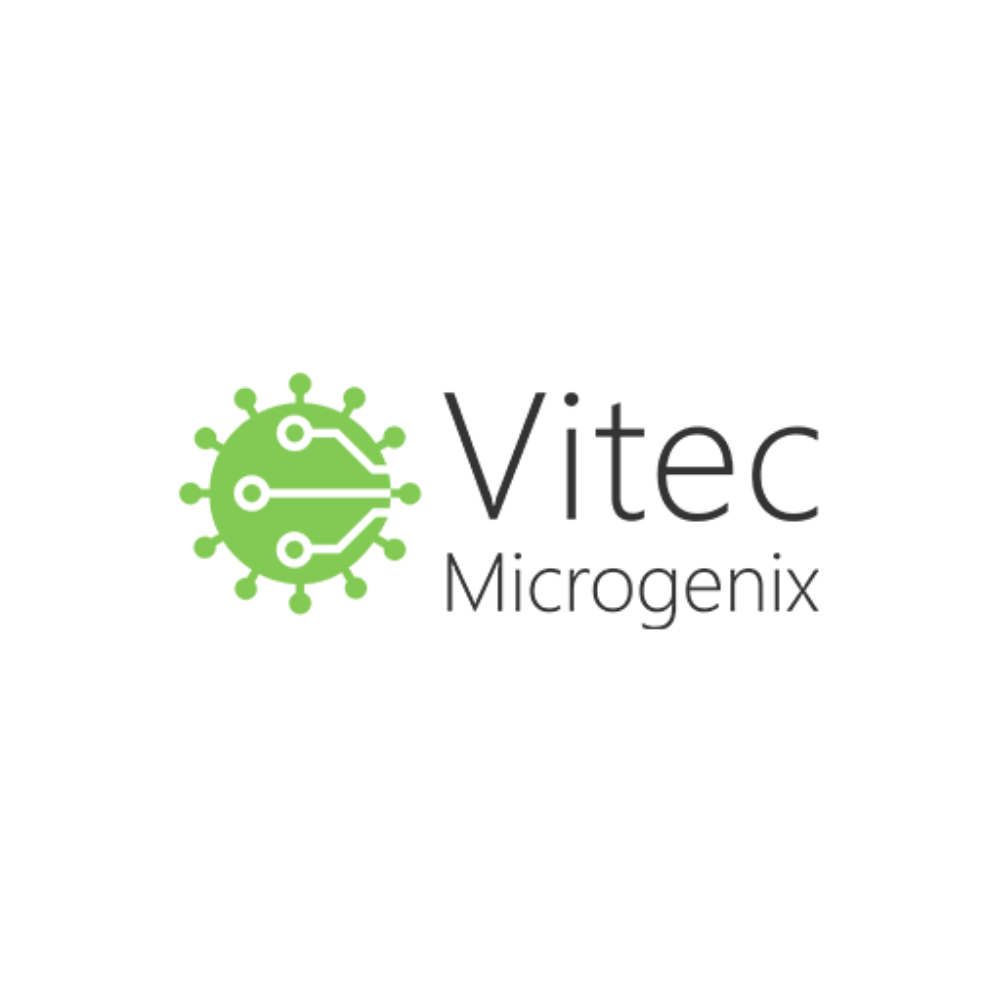
Read more
Vitec Microgenix can eliminate hospital-acquired infections (HAIs) by reducing the microbial load inside hospitals and other medical settings. Their VSC1000 antimicrobial coating is applied by fogging, spraying, or wiping any hard or soft surface (walls, floors, door handles, nurses’ uniforms, bedding, etc.) Once applied the coating forms a covalent bond, becoming a permanent part of that surface and is active for a minimum of 12 months after a single application. Once bonded, the coating is odourless, colourless, and invisible. With VSC1000 bonding, any surface becomes actively antimicrobial. Any microbe touching that surface is “killed” by VSC1000, using a “mechanical kill”, which means the microbe’s membranes are killed. There is no risk of mutation and no risk of resistance over time. VSC1000 is effective against a broad range of bacteria (gram-positive and gram-negative), viruses, fungi, algae, and yeast.
2023 Accelerator Evaluation Report
Click here to read the evaluation report (PDF opens in new window)
